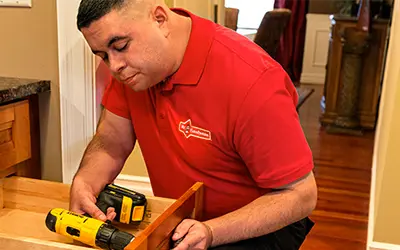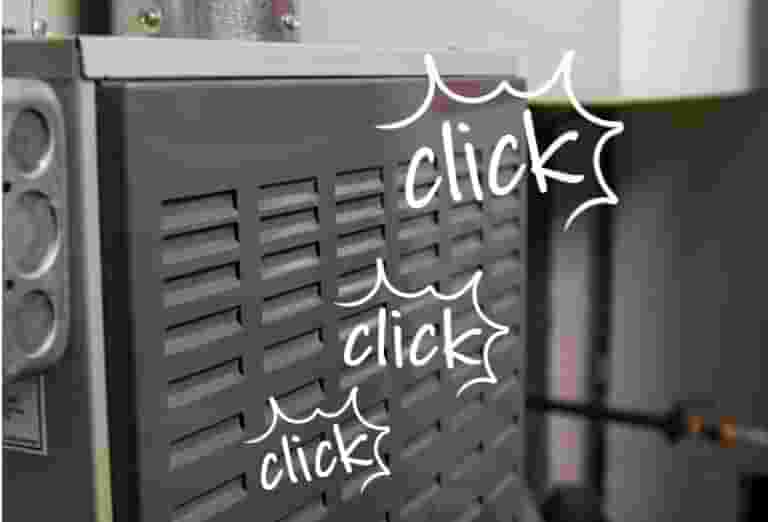Mr. Handyman has been helping homeowners repair, maintain, and enhance their spaces for over 25 years! We are the one-stop solution for everything on your to-do list. This includes answering your questions about home repairs, maintenance, and improvements. Here are answers to some of your most frequently asked questions about maintenance services:
How often should I schedule home maintenance services?
Generally, scheduling home maintenance services once or twice a year keeps everything in good shape. A spring and fall check-up can help catch seasonal issues, like prepping for colder weather or tidying up after winter. Regularly inspecting things like your HVAC system, plumbing, and doors can save you from more extensive repairs down the line.
What are some common signs that my home needs power washing?
If you’re noticing dirt buildup, dark stains, or green patches from mold or mildew on your siding, driveway, or deck, it’s a good sign your home could use a power wash. Other signs include a dull or faded look on surfaces that used to shine and slippery spots on walkways due to grime. Regular power washing as part of your home maintenance services can keep everything looking fresh and help protect surfaces from long-term damage.
What’s the difference between power washing and pressure washing?
Power washing uses hot water, which makes it better for tackling stubborn stains, grease, and mold. Pressure washing, on the other hand, uses regular-temperature water but relies on high pressure to clean surfaces. Both are effective, but power washing is often preferred for tougher jobs. When booking home repairs and services, ask which option would be best for the surfaces you need to be cleaned.
How do I know if a faucet repair is needed rather than a replacement?
If your faucet is just dripping, has a small leak, or feels loose, a simple repair might be all you need. Worn-out washers, seals, or minor corrosion can usually be fixed without replacing the whole faucet. However, if the faucet has major rust, cracks, or frequent issues, it might be more cost-effective to go for a replacement.
What types of issues should I look for when inspecting doors and windows?
Keep an eye out for drafts or gaps around the edges, which can let in cold air and drive up energy bills. Check for visible damage like cracks, warping, or rotting, especially on wooden frames, as these can affect both appearance and insulation. For windows, make sure they open and close smoothly without sticking, and look for signs of moisture between the panes, which can indicate a seal issue. For doors, inspect the hinges and locks to ensure they’re secure and functioning well.
 Click to call
Click to call




